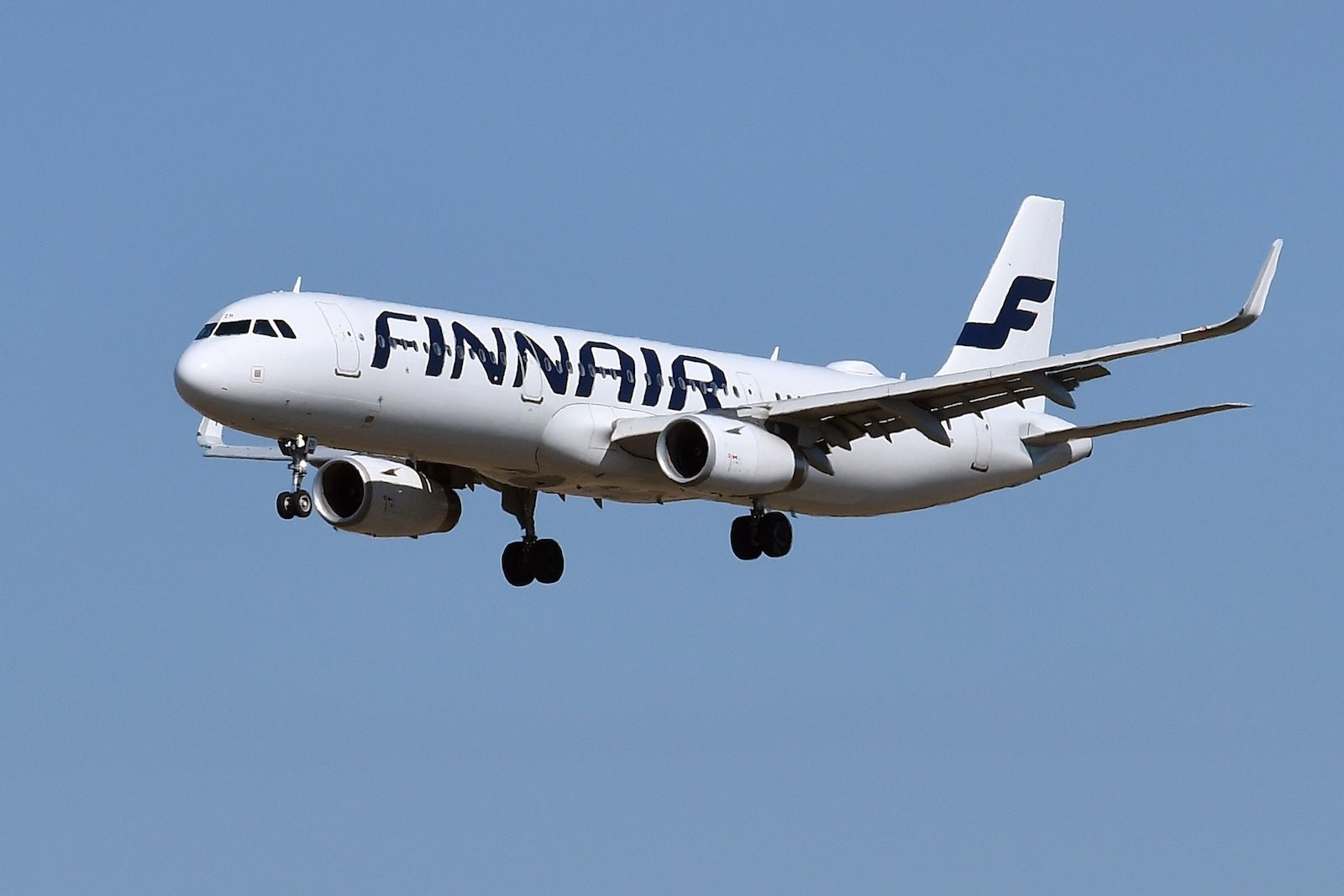Stepping on the scale can be a stressful experience for many people. The fear of judgment and the pressure to meet certain weight expectations can make it an anxiety-inducing activity. Now, imagine being asked to step on the scale just before boarding a flight. That’s what passengers traveling through Helsinki Airport in Finland may find in the coming months. Finnair, the national airline of Finland, is offering passengers the chance to voluntarily weigh in at their departure gate.
It’s important to note that this program is completely optional and the carrier ensures that the process is virtually anonymous. Passengers’ names and reservation information will not be linked to their weight, but their age, gender, and travel cabin on the aircraft will be included. So, why would an airline want to collect this information? It all comes down to weight and balance, which are critical factors in safely and efficiently operating an aircraft.
Aircraft weight and balance are crucial for the safety and performance of flights. Every airplane has a weight and balance program, regardless of its size. The weight of the plane, including the passengers, luggage, fuel, and equipment, must be within certain limits for the aircraft to operate properly. If the weight distribution is not correct, it can affect the plane’s stability and performance, potentially leading to accidents.
By collecting the weights of consenting passengers and their carry-on belongings, airlines can better calculate the total weight of the aircraft and distribute it evenly. This information helps airlines determine how much weight the aircraft can handle and whether any adjustments need to be made to ensure a safe takeoff and landing. It is particularly important in situations where the aircraft is operating in extreme weather conditions or at high altitudes.
While the practice of weighing passengers may seem controversial to some, it is actually fairly standard within the airline industry. Other airlines, such as Korean Air and Air New Zealand, have also implemented similar programs in the past. In the United States, airlines can determine the weight distribution of planes through surveys conducted by the Centers for Disease Control and Prevention. These surveys weigh a sample of U.S. residents, which airlines can then use to calculate the average weight of a passenger.
In the case of Finnair, the airline is following a mandate from the Finnish government to periodically update its calculations for average passenger weight. This data is necessary for the safe operation of flights and is used to ensure that weight and balance calculations are accurate. The airline plans to rotate its weigh-in program around various gates in Helsinki to collect data during different seasons.
It’s understandable that being asked for your weight by an airline can be an awkward and uncomfortable request. However, it is important to remember that this information is crucial for the safe operation of flights. Airlines have to comply with regulatory authorities and validate their weight and balance programs. Despite the initial discomfort, passengers can rest assured that their information will remain confidential and anonymous.
In conclusion, stepping on the scale before boarding a flight may be an unusual and potentially stressful experience. However, it is a necessary practice for airlines to ensure the safety and efficiency of their operations. By collecting data on passenger weights, airlines can calculate the total weight of the aircraft and distribute it correctly. While it may be an awkward request, it is ultimately for the benefit of all passengers and crew members on board.

